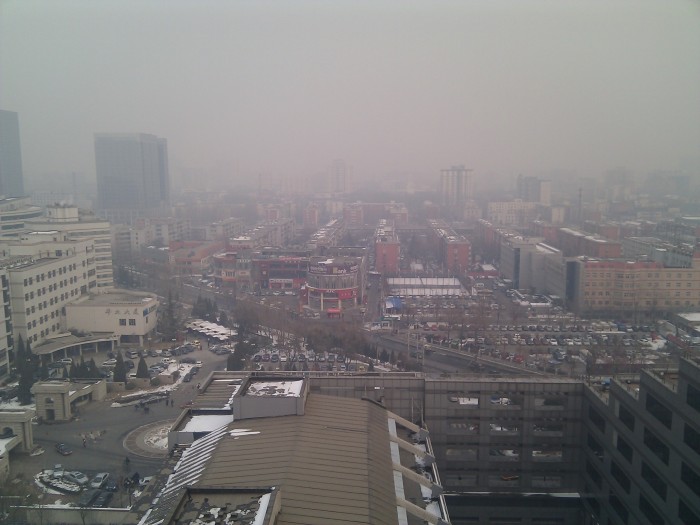
Jenna Ladd | January 10, 2017
A new environmental police force is taking to the streets of Beijing to combat the city’s dangerous smog problem.
Beijing’s mayor, Cai Qi, announced this weekend that the officers will patrol the city looking for “open-air barbecues, garbage incineration, biomass burning, [and] dust from roads” that add to the city’s smog problem. Cai Qi’s announcement comes after Beijing experienced particularly dangerous air quality during the first week of 2017, and 72 Chinese cities were placed under pollution alerts.
Mayor Cai Qi said, “I totally understand the public’s concerns and complaints over air pollution,” and admitted to routinely checking the air quality index “first thing in the morning.”
The mayor announced that the city is taking additional measures to improve air quality. Beijing will close its only coal-fired plant, and in 2017 “coal consumption will be cut by 30 percent to less than 7 million tonnes” and “another 300,000 high-polluting old vehicles will be phased out,” according to China’s state-run Xinhua news agency.
Despite last week’s “red alert,” which temporarily shut down some pollution-producing operations, China’s environment ministry found that some 500 construction sites and businesses as well as 10,000 vehicles remained active in violation of the ban.
Chinese officials acknowledge that industry and automobiles are the primary causes of the hazardous smog problem, but reports state that the government is hesitant to crack down on major polluters in fear of economic consequences.
A study published in the November edition of the journal Science of the Total Environment, found that smog is related to one-third of all deaths in China, amounting to at least one million deaths per year.

